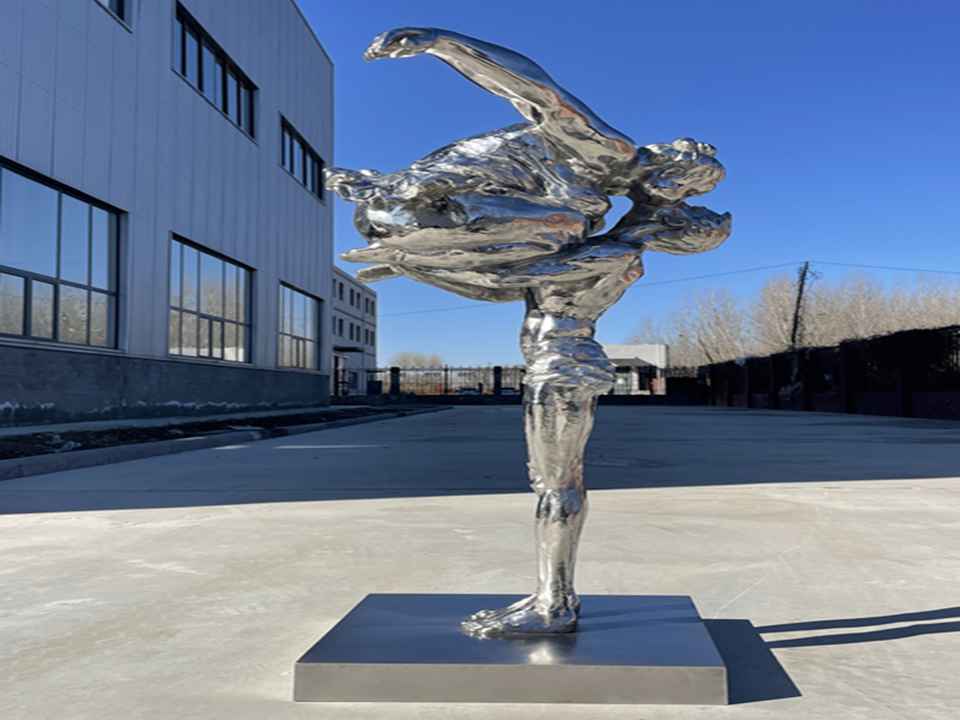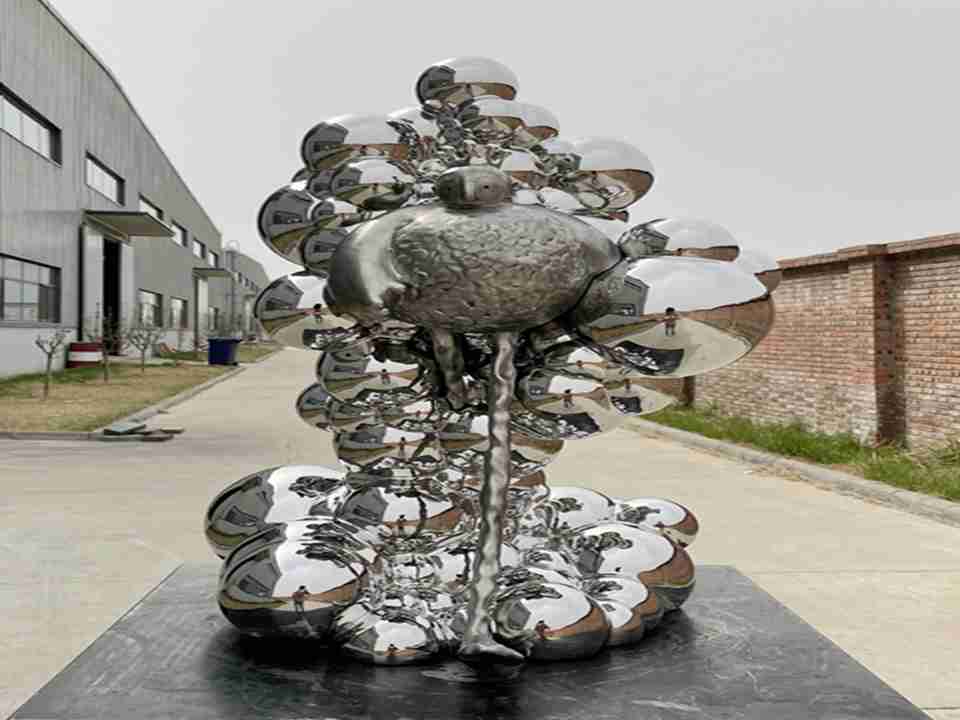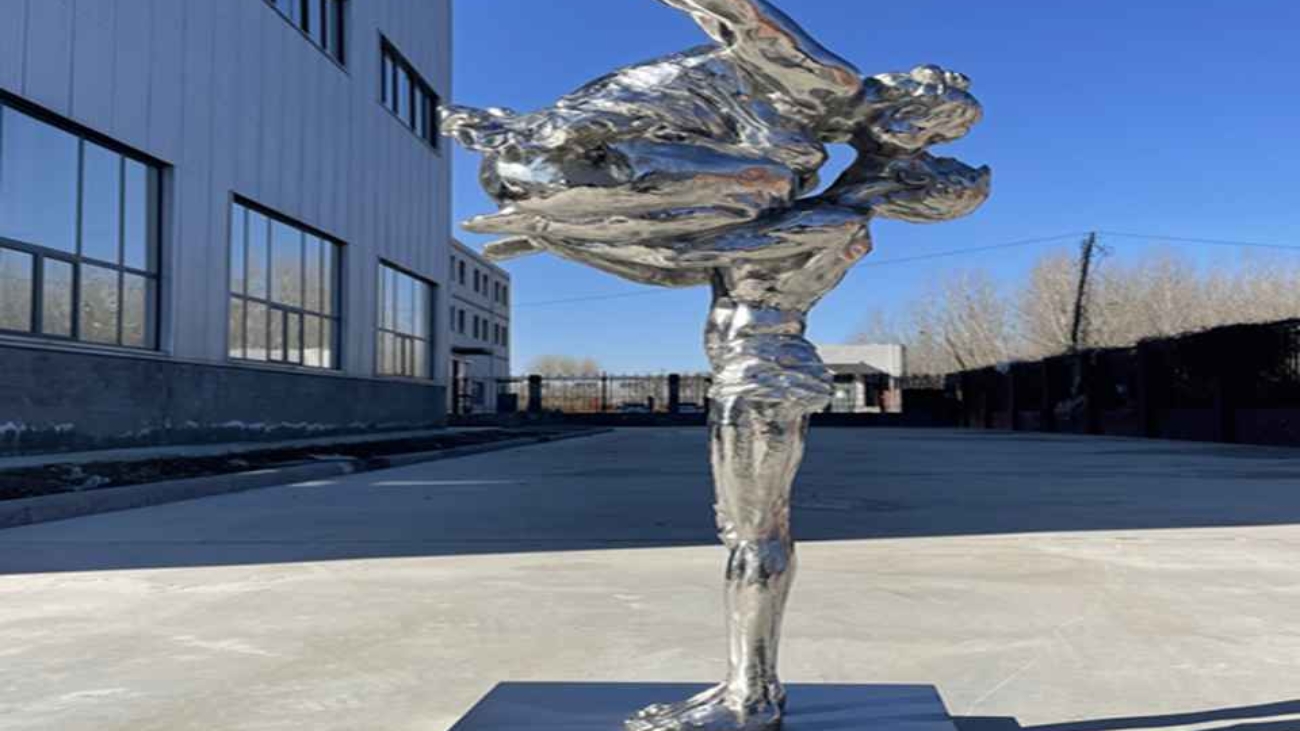Iron sculptures have made people all over the world think about space in new ways. It turns raw metal into art that is very strong. Modern iron sculpture combines old and new methods to make works that have a lot of history and a vision for the future. This type of art connects the past to the present and gives artists and designers more freedom to be creative than ever before. There are both big public art pieces and small pieces in galleries.

The different ways people have made iron sculptures over the years
Iron sculptures have been around for a long time. People used to make useful buildings and tools out of iron. Early craftsmen made things mostly by forging, casting, and welding. The main goal of these methods was to make things last longer, not to make them look nice. But digital tools like CNC plasma cutting and 3D modeling have made a big difference in the field. Artists can now carve very detailed patterns, like flowing organic shapes and geometric abstractions, with a level of accuracy that was once thought to be impossible.
A lot changed when sculptors started using corten steel, a weathering alloy that makes a protective rust-like patina. Not only is this material easier to clean up, but it also gives art a sense of time because it changes over time. The Iron Ring in Wales is one example of this mix of old and new ideas. It turns old iron into a monument that remembers the past of industry.
Iron Art in Urban Areas
People are putting more iron sculptures in cities these days to make concrete areas feel more like home. The Cloud Gate in Chicago is mostly made of stainless steel, but it shows how metal art can represent a ci ty. The Stravinsky Fountain in Paris is an interactive gallery that turns a public square into a gallery by putting together iron parts and bright colors. These sculptures show that iron sculpture can be both a form of art and a useful tool for planning cities.
Architects and sculptors now work together to make building fronts that are also works of art. For example, the Metropol Parasol in Seville has iron panels that fit together to make a roof that keeps the sun out. This is a useful and pretty sculpture . These kinds of projects show that iron sculptures can be more than just decoration; they can also help shape a building.

Good for people and the environment, new ideas
As people become more concerned about the environment, iron sculpture pioneers are becoming more eco-friendly. More than 80% of the materials that modern workshops use are recycled scrap metal. This means that mining isn’t as important as it used to be. Water-based patinas and other new ways to finish metal are taking the place of the dangerous chemicals that have been used for a long time. These changes help the medium fit better with the ideas behind a circular economy.
Iron sculptures are also strong, so they make good outdoor art. Iron can stand up to bad weather, but other materials don’t last as long. This means that art will last for a long time. Some artists, such as Thomas Heatherwick, have made iron sculptures that move and use wind power. This is a mix of art and technology that can be used again.
The Artist’s Toolkit: From Concept to Creation
People from different fields have to work together to make iron sculptures these days. Artists and metallurgists work together to test the mixes of alloys to make sure the pieces are strong and bendable. People can use digital prototyping tools, such as VR simulation, to get a sense of how their big projects will look in virtual spaces before they build them. This cuts down on waste and makes the creative process go faster.
The Iron Forest project in South Korea is a great example. Thirty sculptors used AI to turn recycled iron into things that looked like trees. The fractal patterns in the installation show how technology can help art without making it worse.
How to Fix Problems with Iron Sculpture
Iron sculpture has some good things about it and some bad things about it. It’s still hard to make custom pieces because they cost a lot of money, but modular designs and buying materials in bulk are making it easier. People’s minds change, too. Some people think that digital tools take away the “handmade” quality, while others think that they make it easier for everyone to fill out complicated forms.
Another problem is keeping old skills alive. The Taller Escuela de Forja in Mexico offers master-apprentice programs that help individuals learn and preserve traditional and modern forging skills. This mixed approach respects cultural heritage while also being open to new ideas.
What Will Happen to Iron Sculpture in the Future?
In the future, iron sculpture will use new tools like AI-powered design and robotic welding Wi With these tools, smaller studios will be able to create works that used to only be possible on a large scale. Biophilic designs that are based on natural patterns, like honeycombs or root systems, will also be popular in public places. It will be hard to tell which art was made by people and which was made by nature.
To put it simply, iron sculpture is a new way for artists to show who they are. It honors the metalworking skills of our ancestors while also accepting progress in technology and the need to protect the environment. When we look at metal this way, we think of it as a way to tell stories, like big buildings in cities or small pieces in galleries. Iron sculpture is a never-ending conversation between the material and the mind. For both artists and collectors, this conversation is always changing.
To learn how iron sculpture can change things, work with artists who are good at both technical and creative design. Let people shape metal to show how pretty it can be. Every curve tells a story of strength, creativity, and moving on.



Add a Comment